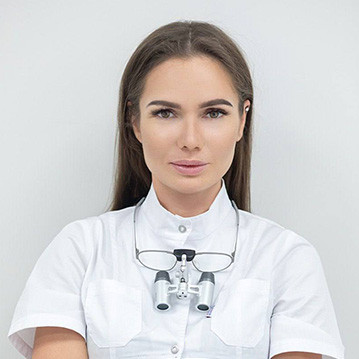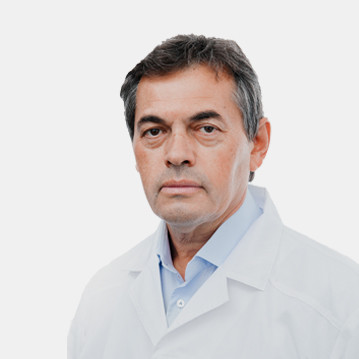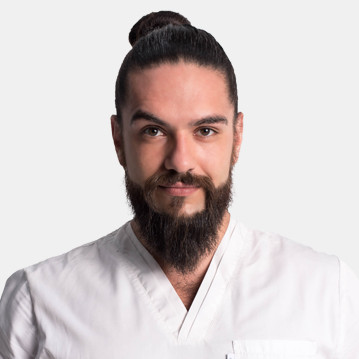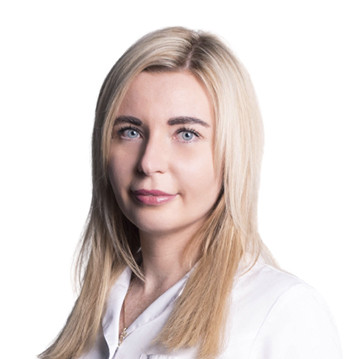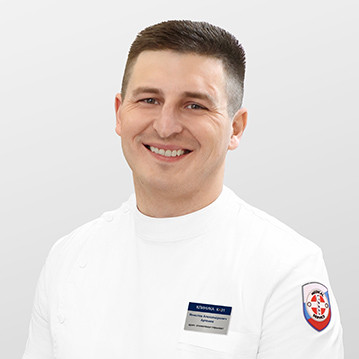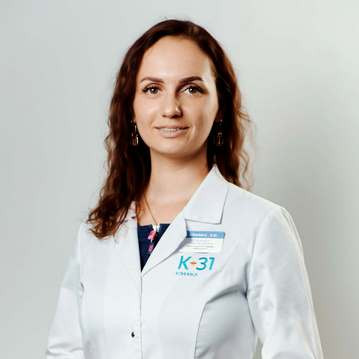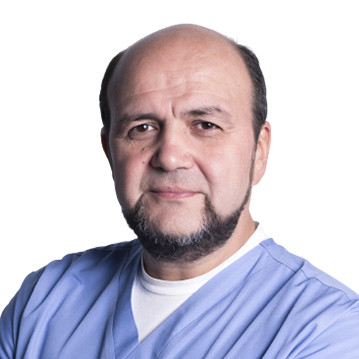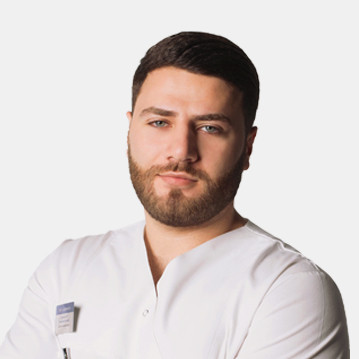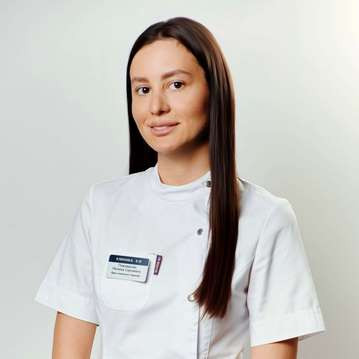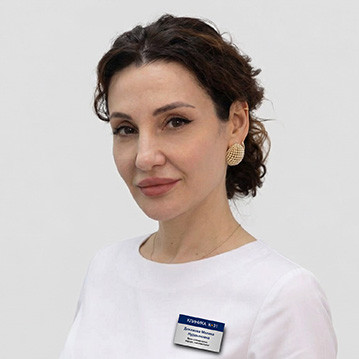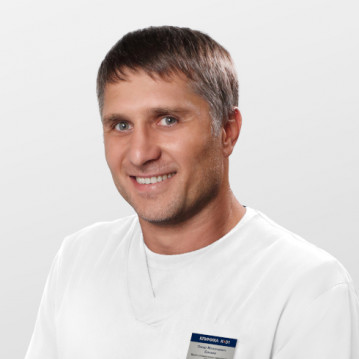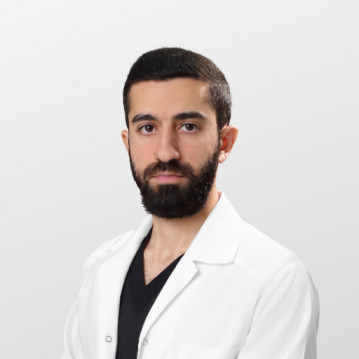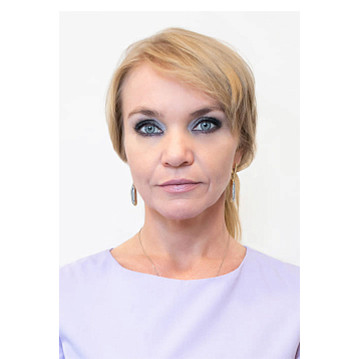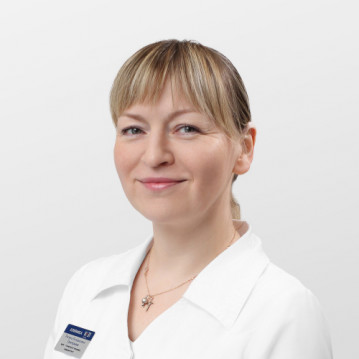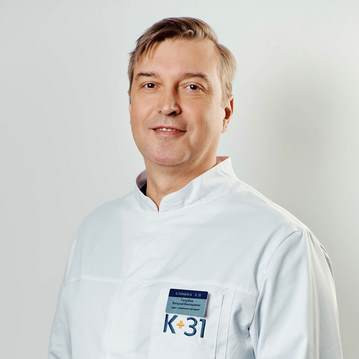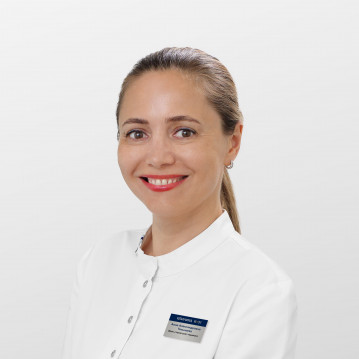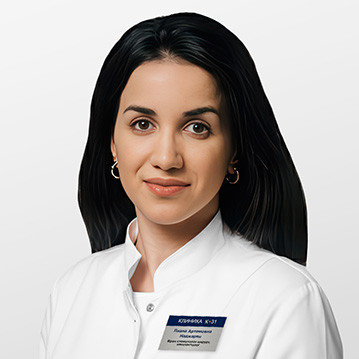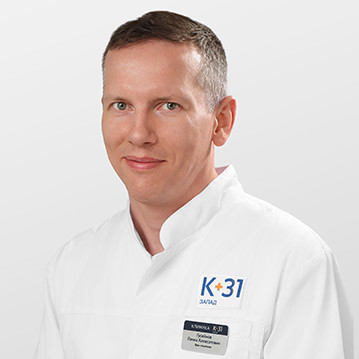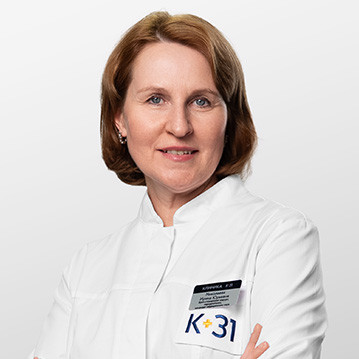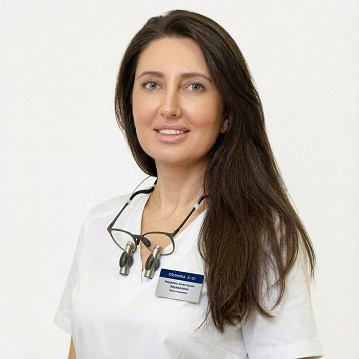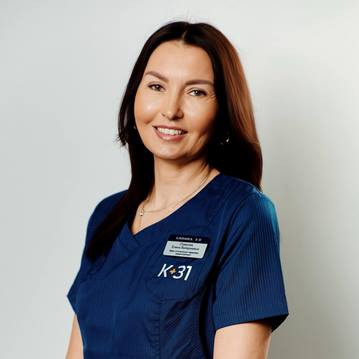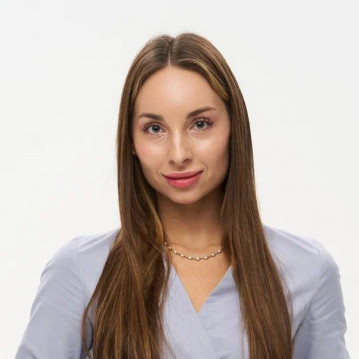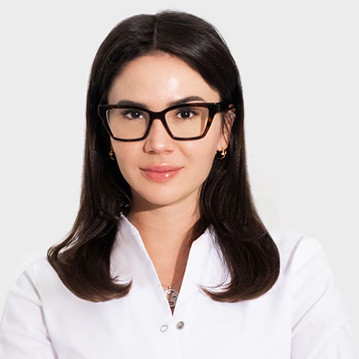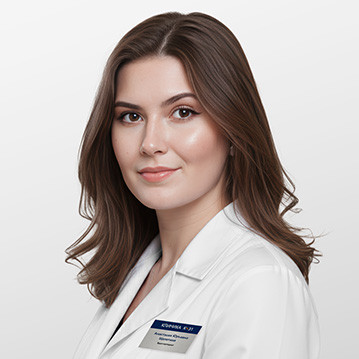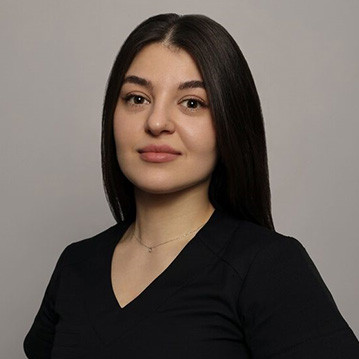Correction of bite

specialists

equipment

treatment

Malocclusion is not just an aesthetic defect of the teeth, but also an orthodontic pathology of the dental system, which requires correction and treatment. Today, thanks to the development of modern medicine, bite correction is a virtually painless and effective procedure.
Anomalies of bite
Many patients believe that a visit to the orthodontist is necessary only in one case: uneven teeth. However, in reality this is far from the case. Many orthodontic pathologies are not visible to the average person, but can cause serious health problems. Dental malocclusion is one of the most common pathologies in adult patients.
Dental malocclusions are diagnosed in the majority of adults. They cause uneven load on the teeth, which leads to increased abrasion of bone tissue during chewing, as well as wear of the temporomandibular joint. Surgery may be required to restore and treat it.
A normal jaw bite is a bite in which the upper front teeth overlap the crowns of the lower teeth by a third, with the upper incisors in close contact with the lower ones. All other types of teeth closure are a deviation from the norm and require orthodontic treatment from specialists. There are several types of malocclusion. The strategy of dental treatment, its duration and cost depend on this. You can get advice on treatment from an orthodontist to correct your bite at the K+31 clinic by calling the phone number or using the registration form on the website. Leave your contact details and we will call you back within 15 minutes.
Types of malocclusion
Orthodontic bite pathologies vary depending on the location of the teeth in the oral cavity:
- Distal. The most common orthodontic malocclusion between teeth. With it, the upper jaw is pushed forward more than the lower jaw. The upper incisors do not touch the incisors of the lower dentition. Distal jaw bite can cause dental caries, periodontitis and pain in the temporomandibular joint
- Mesial. The lower jaw moves forward more than the upper jaw. Because of this, the upper lip sinks and the chin of the jaw looks massive. With mesial occlusion in adult patients, difficulties in chewing food and a visual change in the shape of the face are noted. There is also a risk of rapid development of dental periodontal disease
- Open. One of the most complex orthodontic deformations of teeth, in which the teeth of the upper and lower rows do not meet. If the jaws touch, a gap will still form (from the front or the side). With this type of dental occlusion, the patient experiences diction disorders and difficulty chewing food. The muscles of the mouth are in constant tension
- Deep bite. It is characterized by the incisors of the upper row of teeth overlapping the incisors of the lower row by half or more. With a deep bite, the teeth of the upper jaw overlap the lower ones, wear out and destroy faster, the lower jaw is visually shortened, and the shape of the lips decreases. Also, patients with deep teeth bite may experience frequent headaches
- Cross. It is characterized by uneven protrusion of the sides of the upper dentition over the lower one. In this case, either the upper teeth are hidden behind the lower ones, or the upper teeth overlap the lower chewing section of the jaw
- Dystopia. Incorrect location of the tooth germ. In simple words, this is the incorrect position of an erupted tooth. Most often this happens with canines and lower wisdom teeth. Can lead to transformation of the shape of the lower jaw, the development of dental caries or periodontitis
Services

Registration for a consultation
Ways to correct an overbite
The decision on how exactly the treatment will be carried out is determined by the attending physician in each case. To do this, the doctor conducts a diagnosis. It includes an orthopantomogram or computed tomography of the jaws. The choice of treatment method is influenced by the age of the patient, the type of malocclusion, the presence of concomitant diseases.

Braces
Braces are orthodontic non-removable structures. They are most often used to correct an overbite. Braces are a system consisting of special locks that are glued to each tooth. Thanks to the metal arc threaded through them, a tension is created that allows the teeth to move in the right direction. Bracket systems are of the following types:
Correction with the use of braces depends both on the wishes of the patient and on the degree of complexity of the malocclusion. Metal are almost universal, but lingual ones are suitable only in cases with minor defects
Aligners
Aligners are special removable mouth guards that are made from transparent polymer materials based on dental casts. They must be removed when brushing your teeth or eating. During the correction of the bite by this method, the patient needs to change them approximately every 2 weeks for a new mouthguard, with little or no involvement of a doctor. The entire responsibility for the treatment in this case lies entirely with the patient. If he misses even one of the required mouthguards, an existing defect may become worse, or a new one may appear. In such a situation, treatment will have to be restarted.
Trainers
Trainers are special silicone tires that are installed on the upper and lower jaw. Due to their softness and elasticity, the trainers perfectly follow the shape of the teeth. This method is indicated for minor bite pathologies, as well as to consolidate the result already obtained using other methods. Trainers must be worn at night and for several hours during the day.
Surgical intervention
In orthodontics, surgical operations are rarely used and only in extreme cases. Specialists try to choose the treatment in such a way that you do not have to resort to it. However, there are indications for which surgery is necessary:
- Deformities of the jaw bones after trauma
- Congenital pathologies
- Too much asymmetry of the face
- Complex open bite that cannot be corrected by non-surgical methods
Make an appointment at a convenient time on the nearest date
Our doctors

This award is given to clinics with the highest ratings according to user ratings, a large number of requests from this site, and in the absence of critical violations.

This award is given to clinics with the highest ratings according to user ratings. It means that the place is known, loved, and definitely worth visiting.

The ProDoctors portal collected 500 thousand reviews, compiled a rating of doctors based on them and awarded the best. We are proud that our doctors are among those awarded.
Price
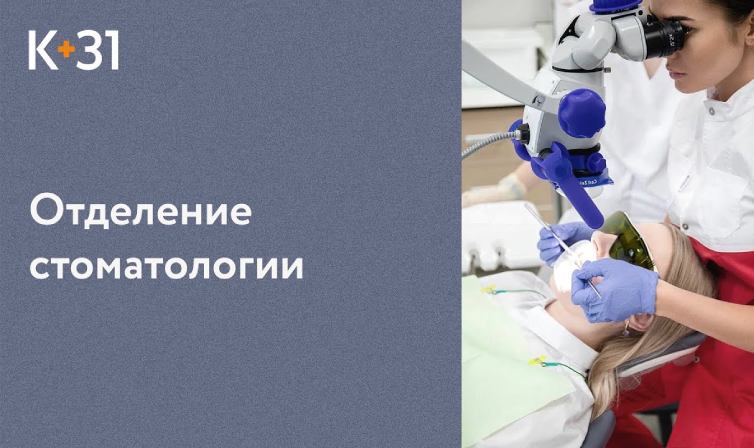
Modern methods of diagnostics and dental treatment at "K+31"
Definitely yes. Problems with bite are not just an aesthetic defect, and a serious factor in the development of various diseases (mainly dental). Incorrect bite can cause the following consequences:
- Premature loss of teeth. Due to the fact that the periodontal tissues are curved, the teeth not only grow unevenly, but can also fall out more quickly
- Psychological discomfort. In most cases, people with malocclusion find it much more difficult to openly smile. They are in constant nervous tension and worry that someone will see the existing defects
- Development of diseases of the oral cavity (caries, periodontitis, periodontal disease, etc.)
The list of consequences is unlimited. Anatomically incorrect bite can lead to other, more serious consequences.
Correction of the bite is also mandatory before prosthetics. Otherwise, if the crowns are installed without prior treatment, they will not last long. Improper load on the teeth will lead to their rapid destruction.
Previously, it was believed that bite correction is possible only in adolescence. People who did not undergo orthodontic treatment in childhood did not even know that bite pathologies and uneven teeth can be corrected even in adulthood. However, in reality it is not so.
It has been scientifically proven that bite correction is a procedure that is effective at any age. The main thing is to choose the most suitable bracket system. For example, for adolescent patients braces are predominantly used (metal, lingual, etc.). For adults, the use of self-adjusting braces is more suitable.
The strategy for correcting the bite is made up by orthodontists after the diagnosis. This allows you to choose the most optimal option, which will allow in a relatively short time make the bite anatomically correct. In the medical center K+31 for bite correction in Moscow they use only the most effective and proven methods.
The duration of orthodontic correction with the use of braces is individual for each specific case. The term depends on the complexity of the case. Small defects can be corrected in six months, but for the treatment of more complex pathologies may take 1 to 2 years. The maximum period of bite correction in adults takes about 2.5 years.

